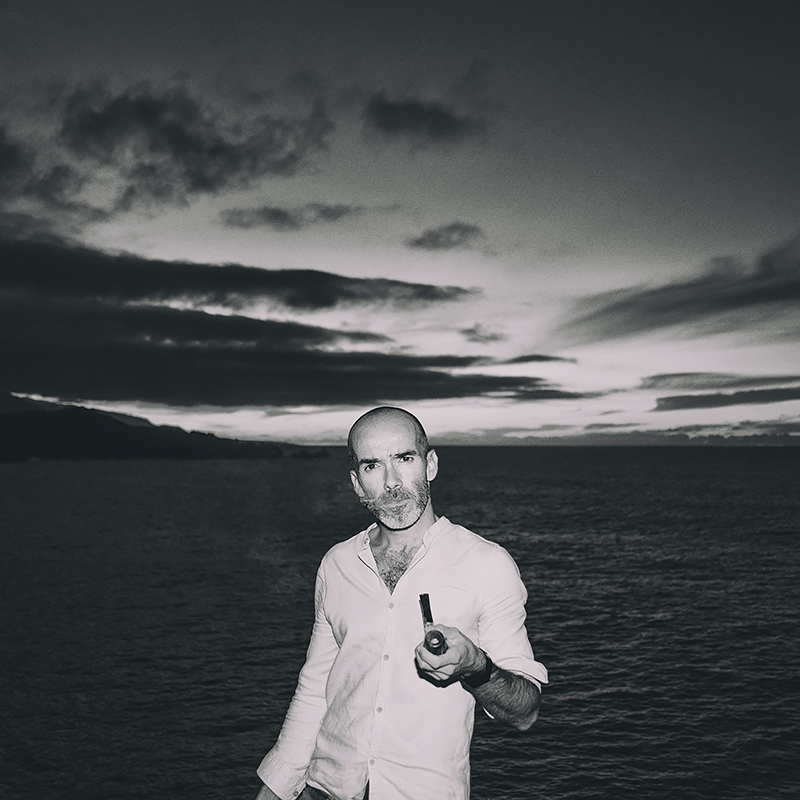Alberto del Hoyo is a Spanish photographer living in Tenerife. He holds an MBA from the Instituto de Empresa Business School and is a graduate in Business Administration and Photography.
His own curiosity about the different forms of life has taken him to remote tribal territories in Asia, South America and Africa in search of the distinctive beauty and variety of his people.
In 2016, after 2 years of incursions into the Omo Valley of Ethiopia, he founded Pics 4 Pills. Modest fundraising initiative for the people of the Omo Valley
Three years later, at the end of 2018 he published the book Mystic Valley. Photographic travel notebook fruit of 4 years of photographic incursions in the Omo Valley. 100% of the revenues from sales are destined to solidarity projects in the different photographed tribal areas.
Also in 2018, Alberto presented the Fine Art portrait exhibition with the same name "Mystic Valley", as a complement of the book. The objective is responsible photographic dissemination. Show the beauty of heterogeneity and cultural identity.
About Mystic Valley
Nadoria is a 13 years old girl of the Suri tribe in Ethiopia, lives in a small mountain village near the border with Sudan. She is the daughter of one of the elders of the tribe. The size of her ear plate indicates the extent of her dowry. "The bigger my ear plate, the higher number of cows my family will get from my marriage".
Barduri, is a young man of 17 years of the same Suri tribe in Ethiopia. He has lost vision in his right eye as a result of a wound during the celebration of the "stick fight", ancestral ceremony consisting of an unprotected one-on-one stick fight battle against young members of the neighboring tribes. The fights can be furious and can result in death. A ritual for the transition of young stars to men.
Far from feeling sorry Barduri feels pride, he has shown his family that he is a brave man, he has become a man, a warrior of honor. He has won his right in the tribe to be able to choose his wife and that she respect him.
From the beginning of history the human race is composed of a large number of cultures, people and tribes. Each one has its own way of life, values and social rituals. The portraits of these people invite our conscience to remember the importance of understanding cultural identities in all their variety.
Portraits of the fragility of a female childhood subrogated to warriors of honor.
Portraits of his reality.
It is vast, silent. Magical. Omo Valley
Selected Books on

